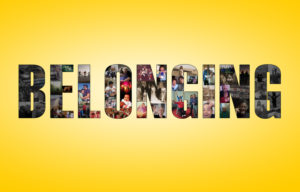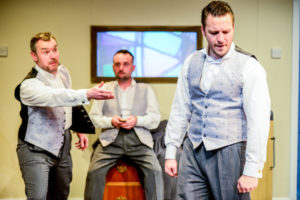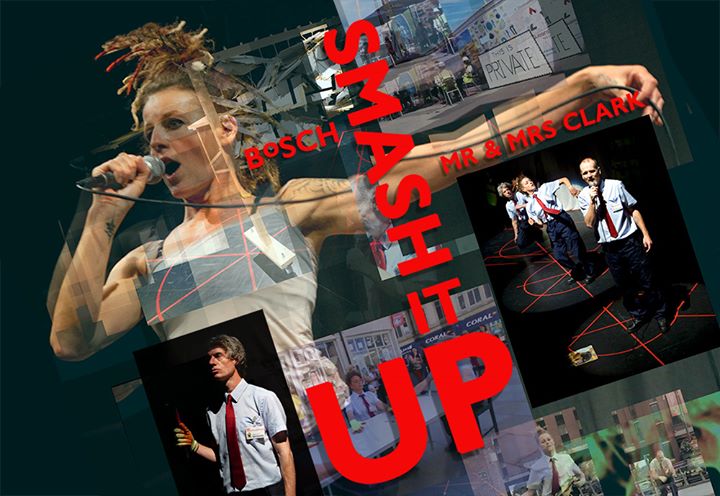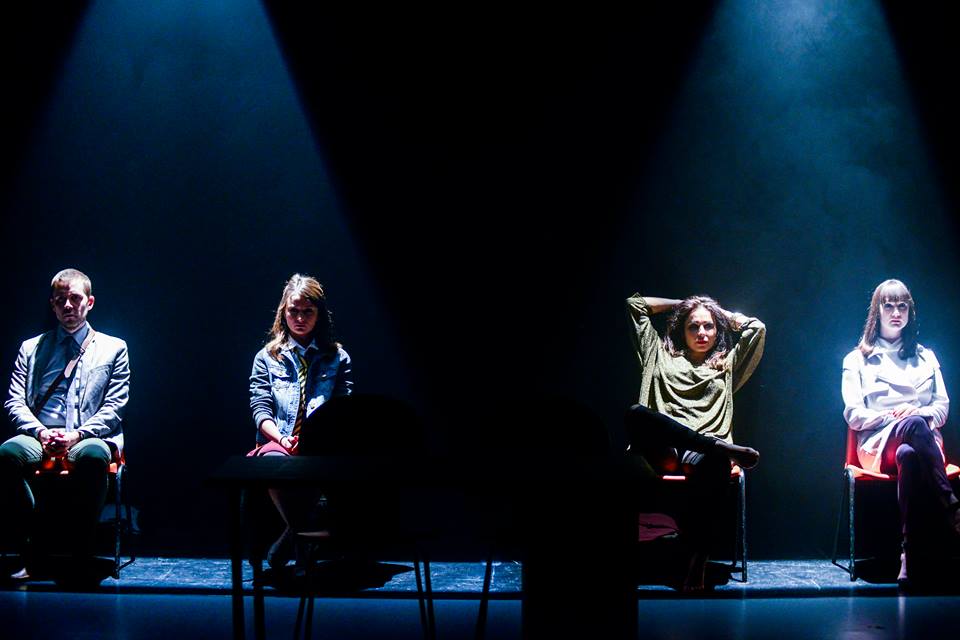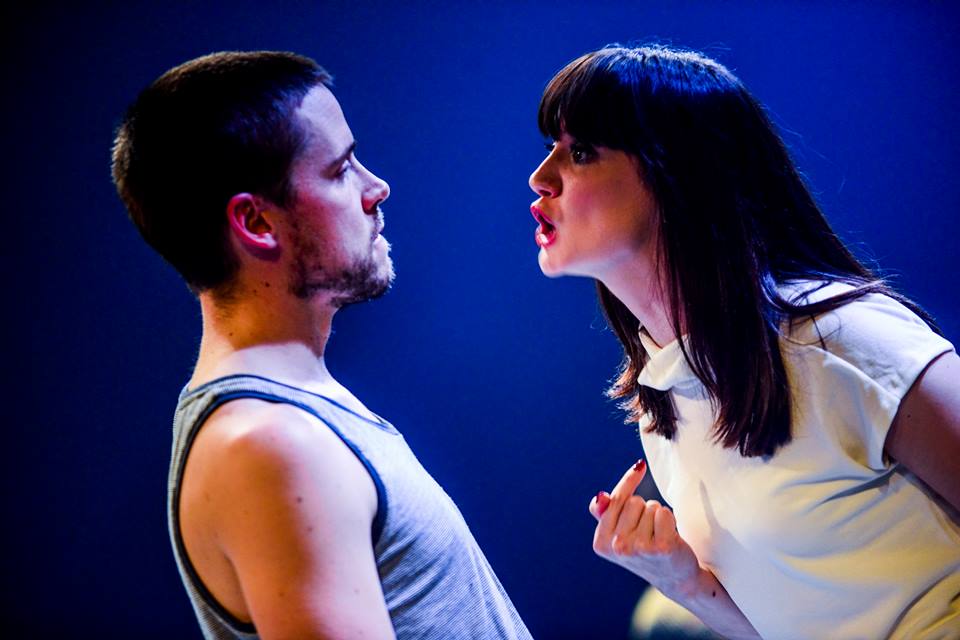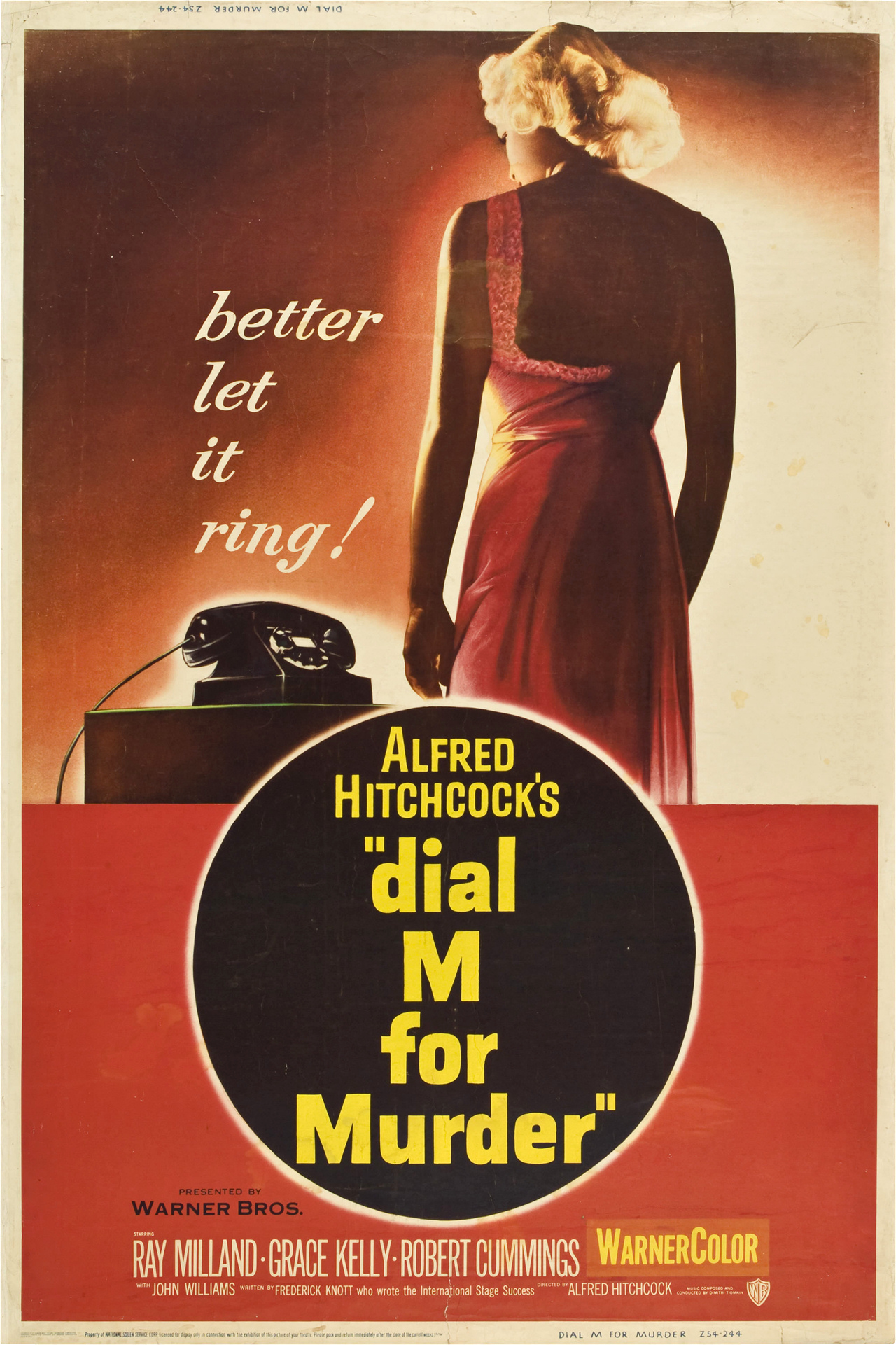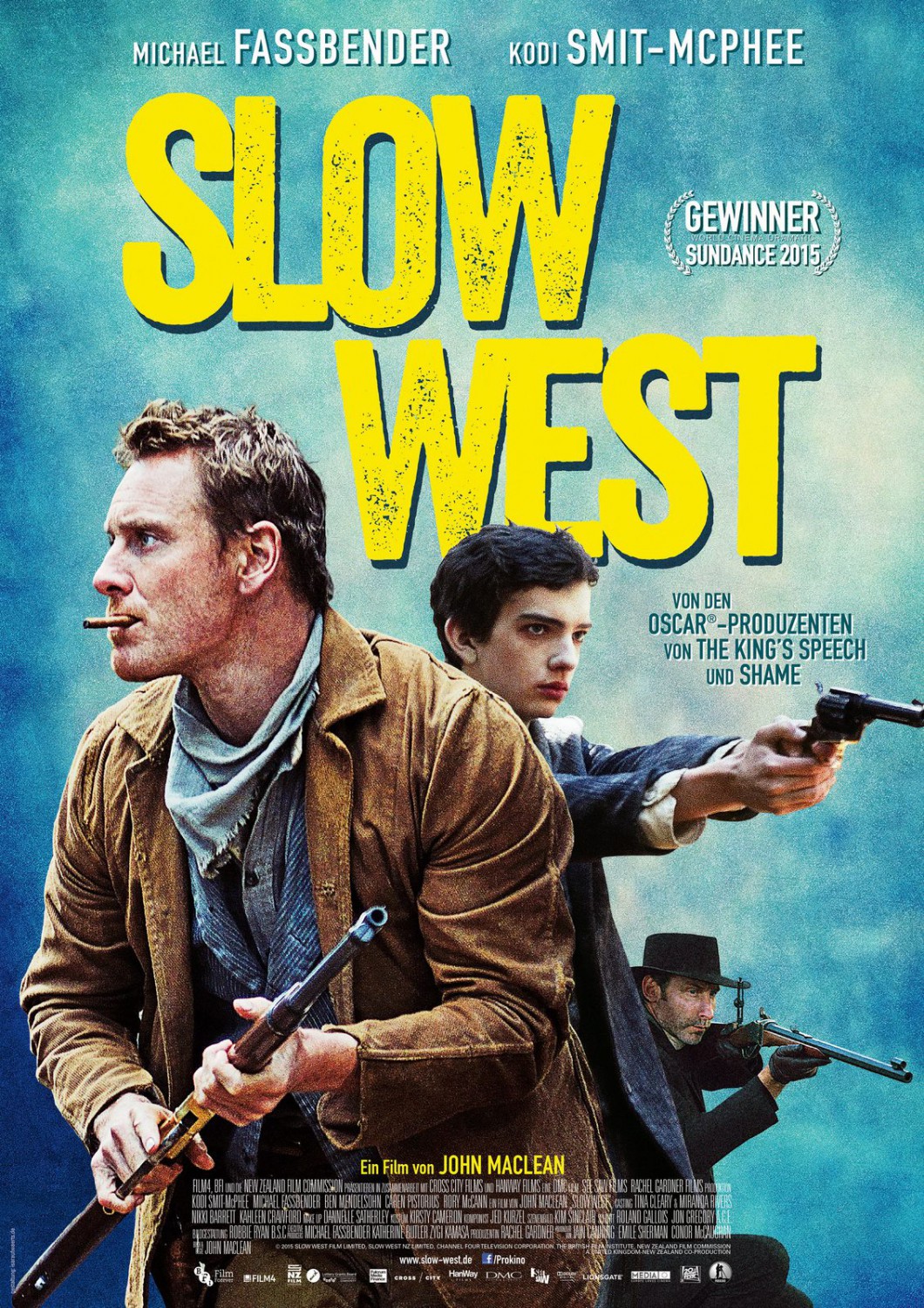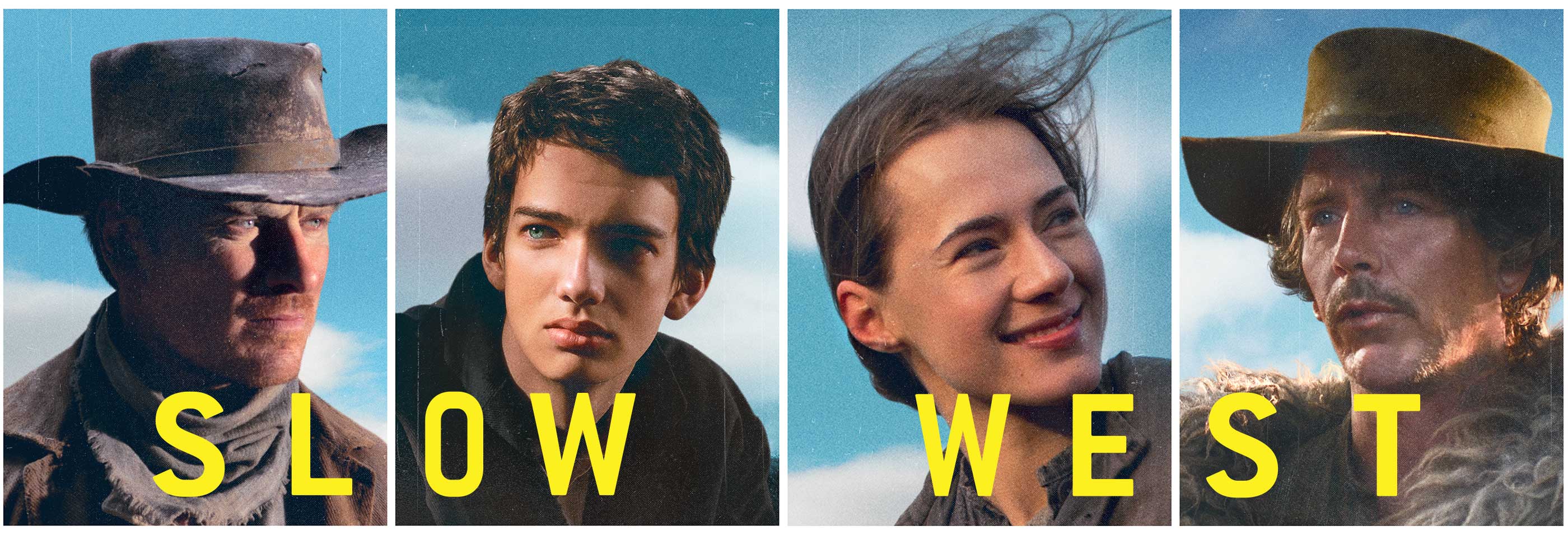Review from a 3rd Act Critic and Older People’s Involvement Worker
“Feeling Affected, in a Good Way”
 (4 / 5)
(4 / 5)
It’s sold out.
Gently twanging music plays around the warm space as we settle into our seats. I am sitting between the usher and two women from the Wales Arts Council. We introduce ourselves and look down on the audience – average age, maybe 35? Surprising. And I am pleased.
The stage is dimly lit and we can see a wooden room – a staircase, bookshelves, television and pictures, a small lamp on a side table. Simple. It is a home, someone’s home with the usual vase of dried flowers gathering dust and memories to one side.
I have been warned. It is a tear jerker. Ah but it will be bread and butter to me, apparently. It won’t touch me – it’s my job.
It is two stories – a mother and her children; and a long married couple. It is a small cast scampering through complicated emotions, making us believe they are different people at different times even when they are the same person by name. From the start, I am transfixed by their abilities and follow their journeys with some fear and some hope. But only some hope – I am convinced this play will go the way of most – a depressing indictment of dementia and social services.
It does make a few political points about services – unnecessary, I feel – please do not tell me what to think; I have been there, you know. I am here for a play about belonging.
And this they do well. The stories duly plunge into confusion, misery, loss and anger with moments of utter hopelessness. But they hold on.
Through scenes of stress-driven tragedy we join in their epiphanies and cariad, we move on. My tears – and I am not alone, all around me people gently wipe their faces – are now for joy. The future is ok. These remarkable characters are safe somehow.
Does this play glorify dementia and its impact? Most definitely not. Does it give false hope? No. Does it give some sense that people experiencing dementia are lessened by it? No.
Practitioners should see this work – it offers an oriel onto the legitimate feelings of everyone affected by this disease and its different forms.
We are always being told how we should behave, what we should and shouldn’t say and do around people experiencing dementia.. but we are all human, with all the complexities that brings; and this play shows us that that is ok too.
Huge applause and the usher steps aside. We nod to each other and I leave the dark womb of the theatre.
Cat, apple, sausage – we are all checking our memory function and checking our tears as we wander into the light outside.
Event: Belonging
At: Chapter Arts Centre
Playwright: Karin Diamond
Director: Peter Doran
Theatre: Re-Live Theatre
Seen: 2pm, 6 May, 2016
Reviewer: Helen Joy for 3rd Act Critics
Running: May 2nd – 7th 2016, May 2nd – 7.30pm, BSL May 3rd 6th – 2pm, 7.30pm daily
Links: http://www.re-live.org.uk/belonging/

